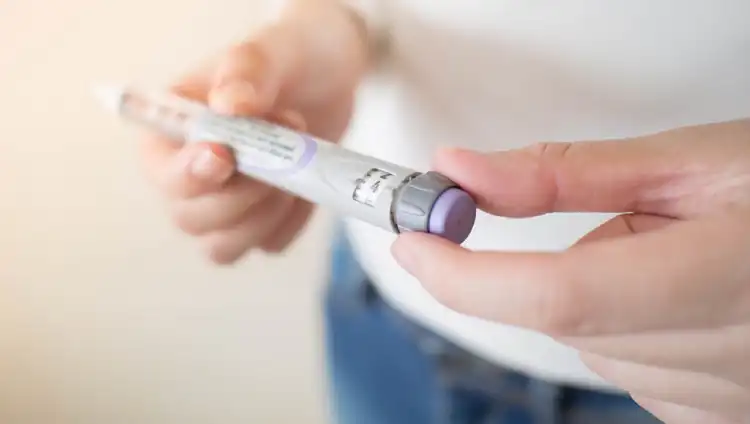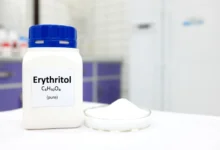Mom Posts Follow Up Video About Her Son’s Insulin Costs After Donations Pour In
Insulin costs crisis: mother’s viral plea exposes healthcare struggles

As the United States continues to grapple with its healthcare system challenges, one mother’s heartfelt plea has gone viral. Katie Schieffer took to TikTok to share her struggle: “Am I the only one struggling?”
In the emotional video, filmed inside her car, Schieffer expresses her frustration, asking viewers, “How is everybody making it?” She continues, “I’ve been working for 17 years, non-stop, paying medical bills for my son since he was born.”

Her nine-year-old son, Dylan, was recently diagnosed with type 1 diabetes, requiring insulin every two hours.
“I just picked up his prescription—it was $1,000. I couldn’t afford it,” Schieffer shares tearfully. “Now I have to tell my son I couldn’t pay for his medication. Both my husband and I work full-time. I work overnight and attend school during the day.”
Her video quickly gained traction, amassing nearly 3 million views across platforms like Twitter and Reddit.
“This country is broken,” one commenter stated, criticizing the for-profit nature of the American healthcare system. Another Twitter user remarked, “It’s an easy fix—just regulate insulin prices.”
High insulin costs in the U.S. are well-documented, largely due to the freedom companies have in setting prices. Responding to the public’s support, Schieffer shared her Venmo and PayPal details, resulting in an outpouring of donations. In a follow-up video, her son Dylan celebrated his 10th birthday, visibly grateful for the community’s help.
Her Venmo is “@/Katherine-Schieffer” for those wanting to help.
It’s heartbreaking that going viral is the only way some can get assistance. pic.twitter.com/hnlYss0r3J
— shoe (@shoe0nhead) January 13, 2021
“Alright Dylan, it’s been a month since your diagnosis. How are you feeling?” Schieffer asks in the video. Dylan responds by detailing how he’s learning to manage his insulin pen and monitor his blood sugar levels, ending with a heartfelt thank-you to donors.
The complexity of the U.S. insulin supply chain, coupled with inconsistent insurance coverage, exacerbates the crisis. Unlike many countries with universal healthcare, the U.S. system varies based on age, location, employment, income, military service, and disability status.

For instance, Medicare covers those aged 65 and above, while Medicaid assists younger individuals meeting poverty criteria. Still, over 31 million Americans lacked health coverage in 2021, leaving them vulnerable to exorbitant insulin prices.
Retail insulin prices have soared—between 2007 and 2018, some products increased by over 200%. Patients without adequate insurance report monthly costs exceeding $1,000, forcing many to cut back on essentials like food.
Industry experts blame pharmacy benefit managers, intermediaries between manufacturers and pharmacies, for inflating prices. Although certain states have implemented insulin price caps, their impact remains limited due to eligibility restrictions. Moreover, a 2003 federal law prevents Medicare from negotiating drug prices, further burdening patients.








